New Plan To Augment C-32A ‘Air Force Two’ Fleet, Not Replace It

The U.S. Air Force is exploring the possibility of buying up to 10 commercial airliners modified to serve as VIP transports to augment its existing fleet of aging C-32A aircraft. Two years ago, the service dropped plans to acquire an outright replacement for its C-32As, which are commonly referred to by the callsign “Air Force Two” that is used when the Vice President is onboard.
The Air Force's Commercial Derivative Aircraft Division (CDAD), part of the Air Force Life Cycle Management Center's Mobility Directorate, recently put out a contracting notice about augmenting the C-32A fleet. Aviation Week was among the first to report on the announcement.
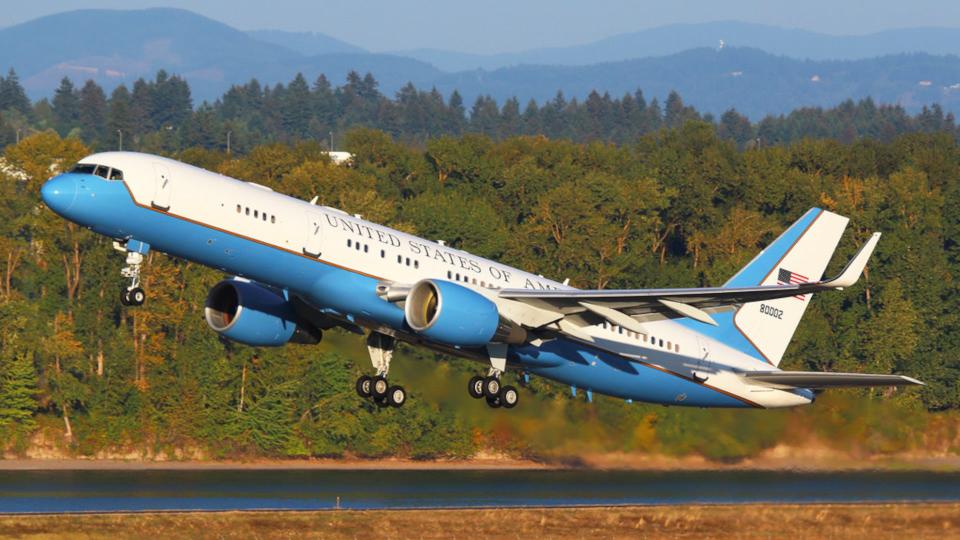
CDAD "is seeking information on how an interested contractor could enter into an Indefinite Delivery/Indefinite Quantity (IDIQ) contract to procure a quantity range of 2-10 modified large commercial derivative aircraft," according to the notice. "Required aircraft may be delivered as modified commercial airline type aircraft to augment the current United States Air Force C-32A aircraft."
The new commercial derivative aircraft would be acquired as part of an effort simply dubbed "VIP Transport Aircraft Procurement."
At present, the Air Force has four C-32As, according to official budget documents. These aircraft a heavily modified versions of the Boeing 757-200 airliner.
No more specific details about what kind of commercial derivative aircraft the Air Force might be eying to supplement its C-32As are provided. However, it is very likely that the service would pursue another modified airliner from Boeing due to a mixture of security requirements and the 'public interest' in using an American-designed aircraft in this VIP transport role.
As the Air Force Two nickname indicates, the C-32As are routinely used to transport the Vice President, their family, and their staff. However, these aircraft are also utilized by other senior U.S. officials, such as the Secretary of State, along with Congressional delegations and the President's spouse – or even the President themselves.
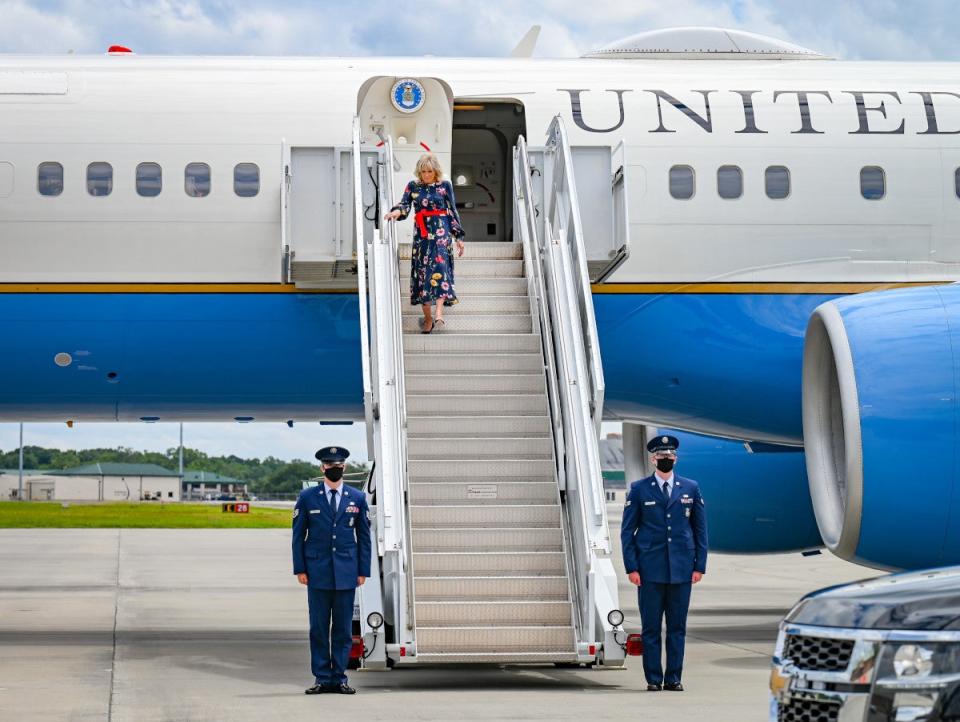
The President may use a C-32A for a number of reasons, including the unavailability or unsuitability of either of the two Boeing 747-based VC-25A Air Force One aircraft. The Air Force is separately in the process of replacing the pair of Air Force One jets with two new-ish VC-25Bs, which are also 747-based.
Presidential travel domestically or to airports with shorter runways will also often see one of 'Air Force Two' jets do duty as Air Force One. During President Donald Trump's term in office, using C-32As for more routine domestic trips became much more normalized. This reality could very well speak to the Air Force's interest now in buying up to 10 more aircraft, more than twice the size of the existing Air Force Two fleet, to support this mission as well as all the others the C-32A fleet executes. Or, at the least, freeing up the C-32As for their work as Air Force One.
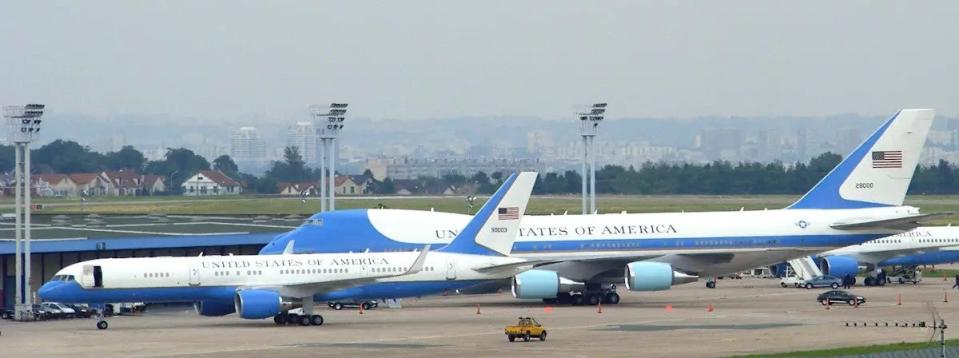
President Joe Biden notably made use of a C-32A as part of complex travel arrangements to get him safely to the Ukrainian capital Kyiv in February, which you can read more about here. Biden has also used the Air Force Two fleet to regularly fly and back and forth from his homes in Delaware.
The War Zone has raised the possibility of a Boeing 767-based replacement for the C-32 in the past, something the Air Force could find attractive given that its KC-46A Pegasus tankers are also based on that design. At the same time, there could be limited crossover when starting with a secondhand commercial 767 variant. The KC-46s, while 767 variants, are totally unique among the 767 family. Adapting the commercial 767 for this role would require a host of major changes inside and out, especially when it comes to its communications and defensive features and much of this work would not port seamlessly over from the KC-46. In addition, Boeing currently only makes new cargo variants of the 767. So either a costly commercial conversion would have to be developed and paid for or Boeing would have to adapt the KC-46 to a passenger role if new aircraft were procured. That made more sense when the type could have possibly replaced multiple types in USAF service (more on that in a moment), but for as little as two aircraft, this seems very cost prohibitive.
Boeing's 777 and 787 airliners could potentially be utilized, but there are no existing military configurations of either one, so the development of an entirely new conversion plan would be needed. The 777 and 787, as well as as the 767, are also substantially larger than the 757, which could lead to additional costs to upgrade relevant infrastructure and meet other new sustainment requirements.
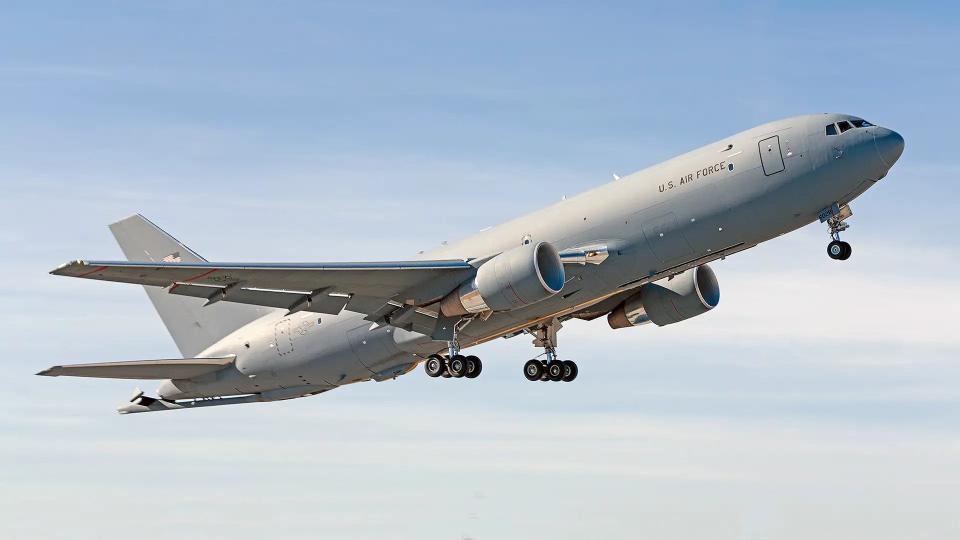
A stretched version of the the Boeing 737, possibly with air-to-air refueling capability to give it reach more on par with its larger cousins, could be another possibility. The services already operate militarized versions of the 737 known as C-40 Clippers as well as the Navy's P-8 Poseidon sub-hunter.
Purchasing more 757s second-hand and converting them into new C-32s could be another avenue for the Air Force. Starting with older airframes could compound the issues presented by the other courses of action. There is at least an established conversion plan for this type, which would save large sums of money and time, but it might not present as much benefit in the long term.
Right now, the issue that the Air Force is facing now is that the existing C-32A fleet is small, but in high demand, and the aircraft themselves are aging. The last 757 of any kind rolled off the Boeing line in 2004.
The Air Force's C-32A aircraft have suffered a number of high-profile breakdowns in recent years. This includes an incident in 2021 when one of the jets, with Vice President Kamala Harris aboard, had to return to Joint Base Andrews just outside of Washington, D.C. shortly after departing due to a potentially serious issue with its landing gear.
https://www.youtube.com/watch?v=1JAnZmIre6A
The C-32As remain an important part of the Air Force's VIP transport fleet, especially given their role as backups for the two 'Air Force One' VC-25A jets. The C-32As also have an extensive secure communications suite, in addition to other features, to ensure that they can adequately support the presidential airlift mission, if required. In recent years, the Air Force has been installing new Presidential and National Voice Conferencing (PNVC) systems and improved cryptologic security features on the aircraft. PNVC provides a "secure, survivable voice conferencing" link to the U.S. Nuclear Command, Control, and Communications (NC3) network, according to the Air Force's most recent budget request for the 2024 Fiscal Year.
The C-32As have been receiving other upgrades, including new interiors, as well.
In the late 2010s, the Air Force considered acquiring a single new type of aircraft to replace its C-32As, as well as the E-4B Nightwatch and E-6B Mercury jets. The E-4B and E-6B are both commonly known as "doomsday aircraft' given that they serve as airborne command posts capable of forwarding orders to launch nuclear strikes. The E-4B has a broader continuity of government function, as you can read more about here.
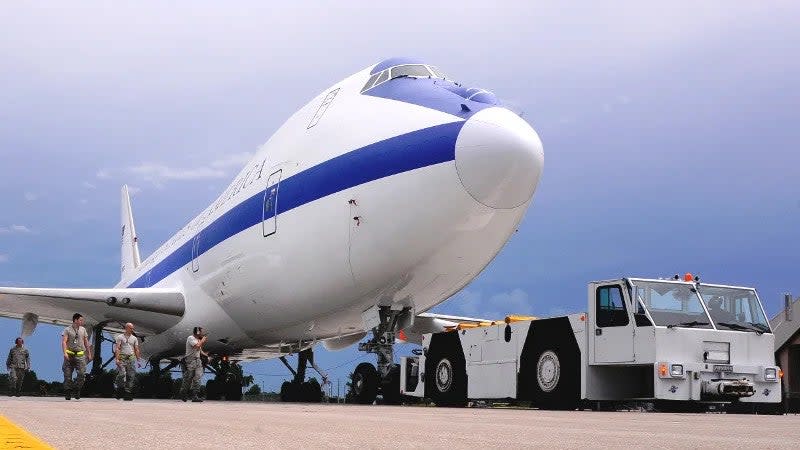
However, the Air Force subsequently decided to pursue separate courses of action for supplanting the C-32A, E-4B, and E-6B. The E-4B replacement effort has evolved into the Survivable Airborne Operations Center (SOAC) program, which you can learn more about here.
What the Air Force will do to make up for the eventual retirement of the E-6B is unclear. The Mercury jets support Air Force and Navy nuclear command and control requirements. The latter service is now pursuing a follow-on aircraft that will support only its portion of this mission set, which involves communicating with nuclear ballistic missile submarines and is referred to as Take Charge and Move Out (TACAMO).
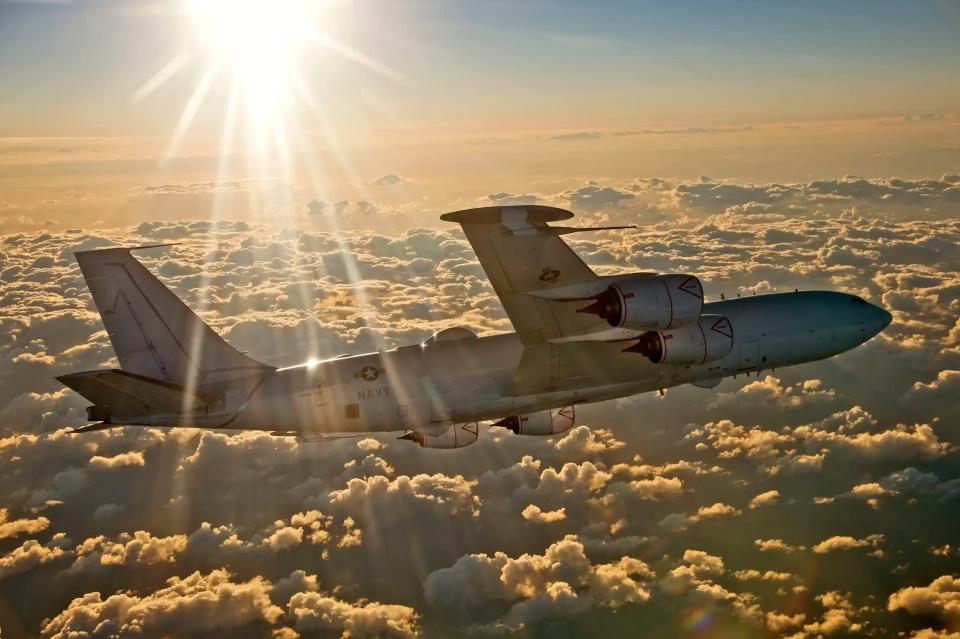
After nixing the idea of replacing the C-32As with a common type that could also be configured to perform the E-4B and E-6B missions, the Air Force had moved to acquire a dedicated successor for the 'Air Force Two' role. The service then axed those plans in 2021. At that time, it also interestingly redirected funds it had planned to use for new Air Force Two aircraft into supersonic transport research. There was a brief surge in discussion about the possibility of new Air Force supersonic transports but this has since dropped out of the public eye.
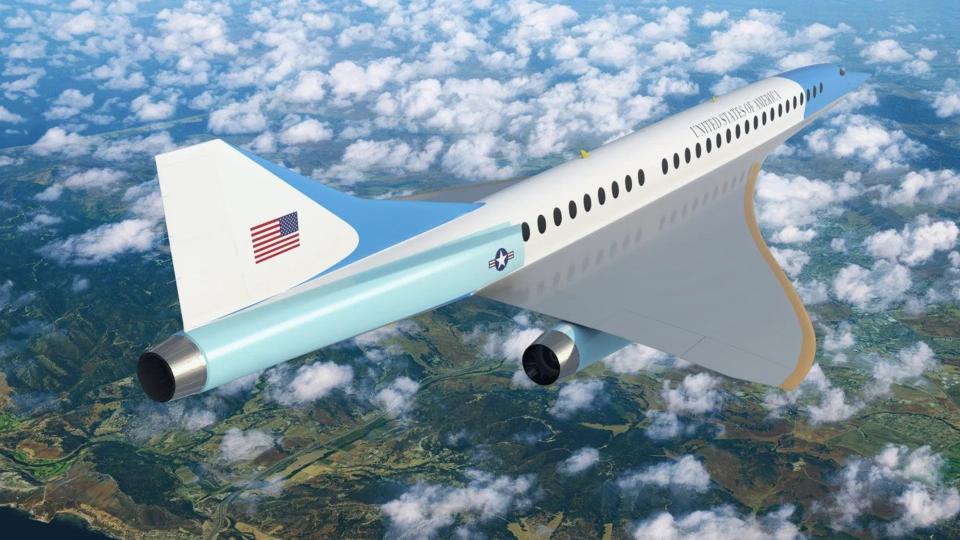
The plan now seems to be to augment the C-32A fleet in the near term and make a final decision about the fate of those aircraft later. If the Air Force does ultimately acquire 10 new commercial derivative VIP transport aircraft capable of performing the same role, they could very well still supplement the existing Air Force Two jets down the line. The Air Force's 2024 Fiscal Year budget request says that the C-32As are expected to continue flying through 2038.
What is clear is that the Air Force's C-32As are set to continue serving as key VIP transports for members of the U.S. government, including the President and Vice President, for the foreseeable future, but they are clearly in need of some help.
Contact the author: joe@thedrive.com

